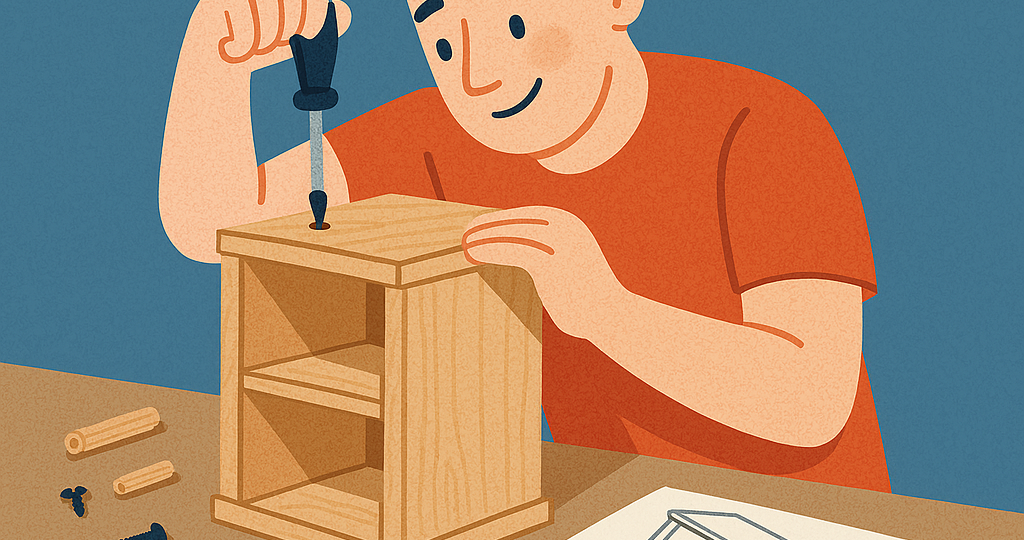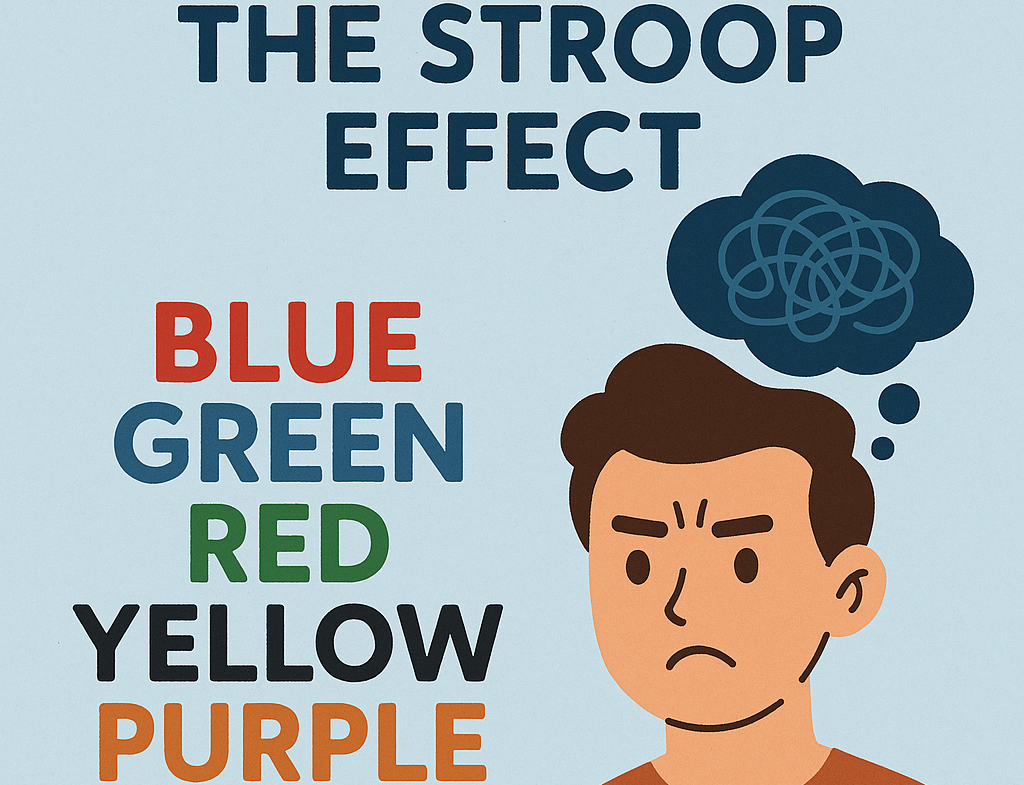
Imagine spending hours assembling a flat-pack bookshelf from IKEA. The instructions were confusing, you had to redo several steps, and you swore a few times. But once it’s done, you look at it with pride—almost as if it’s more valuable than the similar, pre-assembled version in the showroom. This psychological phenomenon, where we place higher value on things we’ve partially created ourselves, is known as the IKEA Effect. It’s probably the only psychology concept named after a furniture company, but the future might prove me wrong.
Coined by behavioral economists Dan Ariely, Michael Norton, and Daniel Mochon in 2011, the IKEA Effect was named after the Swedish furniture company famous for its “some assembly required” approach. In one of their most well-known experiments, participants were asked to assemble IKEA boxes. After completing them, they were willing to pay significantly more for the box they built themselves than for an identical box already assembled. Even more interesting? They rated their self-assembled versions just as highly as professionally made ones—even when the build was imperfect.
The researchers expanded their experiments to origami. In another study, participants were asked to fold simple origami animals and then had to price them. They not only placed a higher value on their own creations than others did, but they also believed outsiders would see the same worth. (They didn’t.) This showed a kind of psychological blind spot: we’re often unable to see how our personal involvement skews our perception of value.
You don’t need to be assembling furniture to experience the IKEA Effect. Parents often feel it when their child scribbles a crayon drawing—objectively messy, yet deeply cherished. Students might feel more proud of a science project they struggled through than one they aced with help. Even in tech, users who create their own avatars, playlists, or website designs may feel more emotionally connected and loyal to that product, simply because they had a hand in making it.
Why does this happen? The IKEA Effect taps into effort justification—a cognitive bias where we rationalize our effort by convincing ourselves the result is more meaningful. It’s also related to ownership and investment: when we pour time, frustration, and energy into something, we don’t just build the product—we build attachment. Our brain interprets the act of creating as part of ourselves, which makes it harder to evaluate the object objectively.
The IKEA Effect is powerful for designers, educators, marketers, and anyone who wants to increase engagement. It reminds us that people don’t just want perfection—they want participation. By inviting others to co-create, whether it’s a recipe, a Lego set, or a DIY business logo, we’re not just giving them something to use—we’re giving them something to own. And when people build it, they love it.
RELATED POSTS
View all

